Researchers have expanded the quantum wave function of a levitated nanosphere, a step toward future tests of quantum physics.
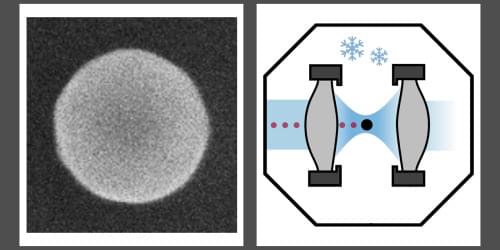


Mitsui & Co. has formally launched a new quantum-enabled chemistry platform, QIDO, in collaboration with U.S.-based Quantinuum and QSimulate. The system, designed to accelerate the discovery of new materials and pharmaceuticals, blends classical and quantum computing resources to streamline complex chemical calculation, according to a story in Nikkei and a Quantinuum blog post.
Quantum computers hold promise for modeling chemical reactions beyond the reach of traditional supercomputers. But fully fault-tolerant systems remain years away, leaving companies searching for ways to extract value from today’s noisy, early-stage machines. QIDO, short for Quantum-Integrated Discovery Orchestrator, attempts to bridge that gap.
The platform runs most computations on powerful classical hardware while sending only the most computationally expensive steps — such as the modeling of strongly correlated electrons — to a quantum computer. This hybrid workflow allows companies to perform higher-precision chemical simulations today, without waiting for fully mature quantum systems, Nikkei reports.
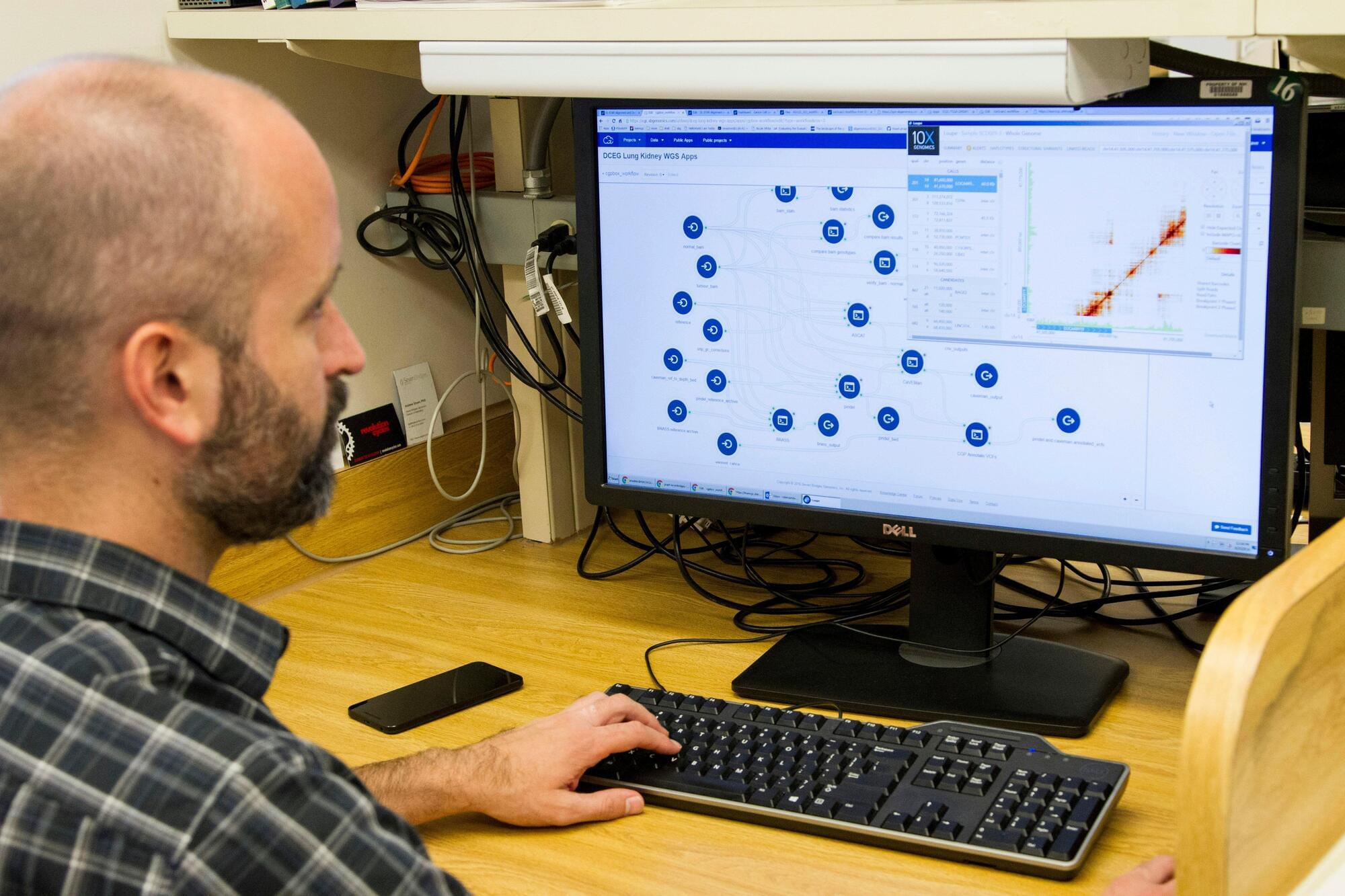

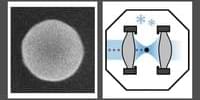
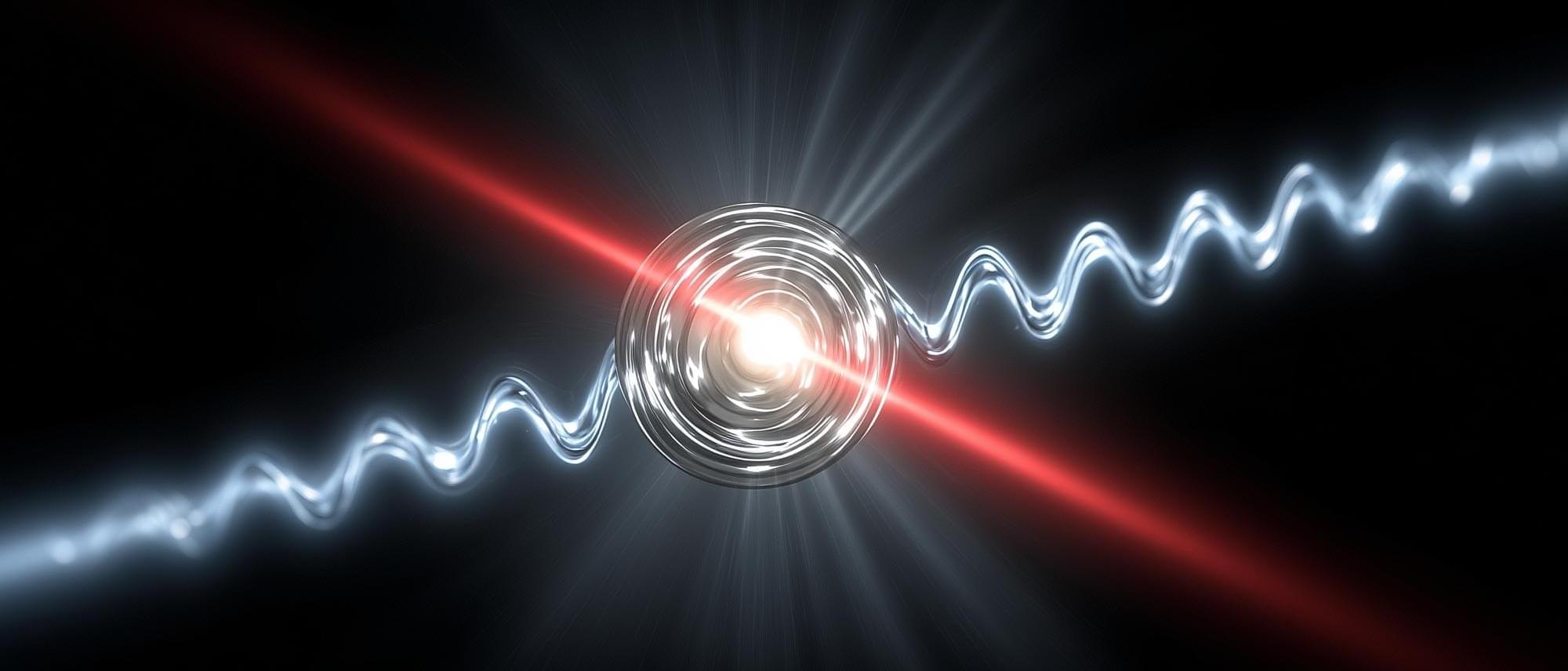
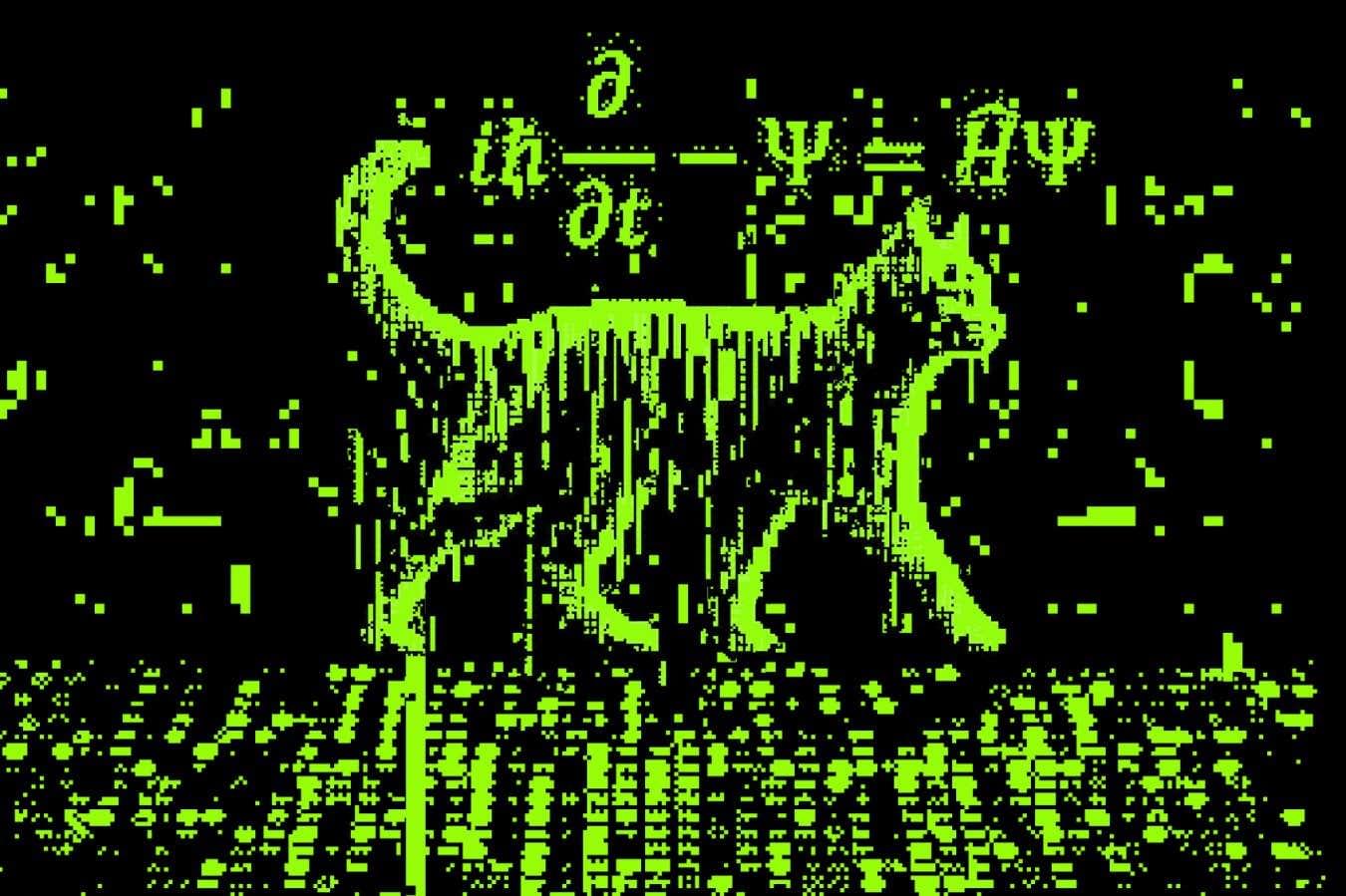
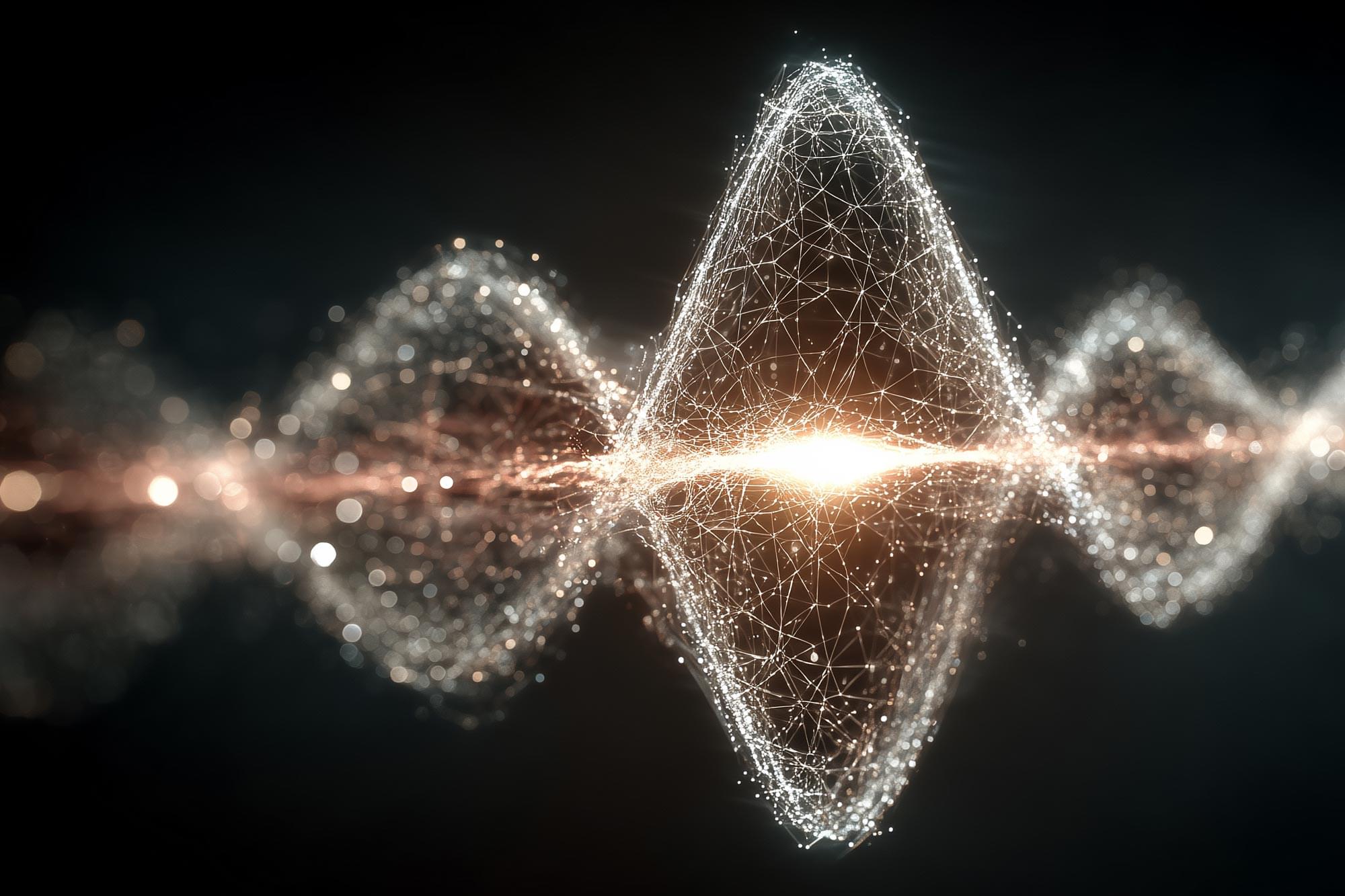
Caltech scientists have created a hybrid quantum memory that converts electrical information into sound, allowing quantum states to last 30 times longer than in standard superconducting systems.
Their mechanical oscillator, like a microscopic tuning fork, could pave the way for scalable and reliable quantum storage.
Quantum Bits vs. Classical Bits.
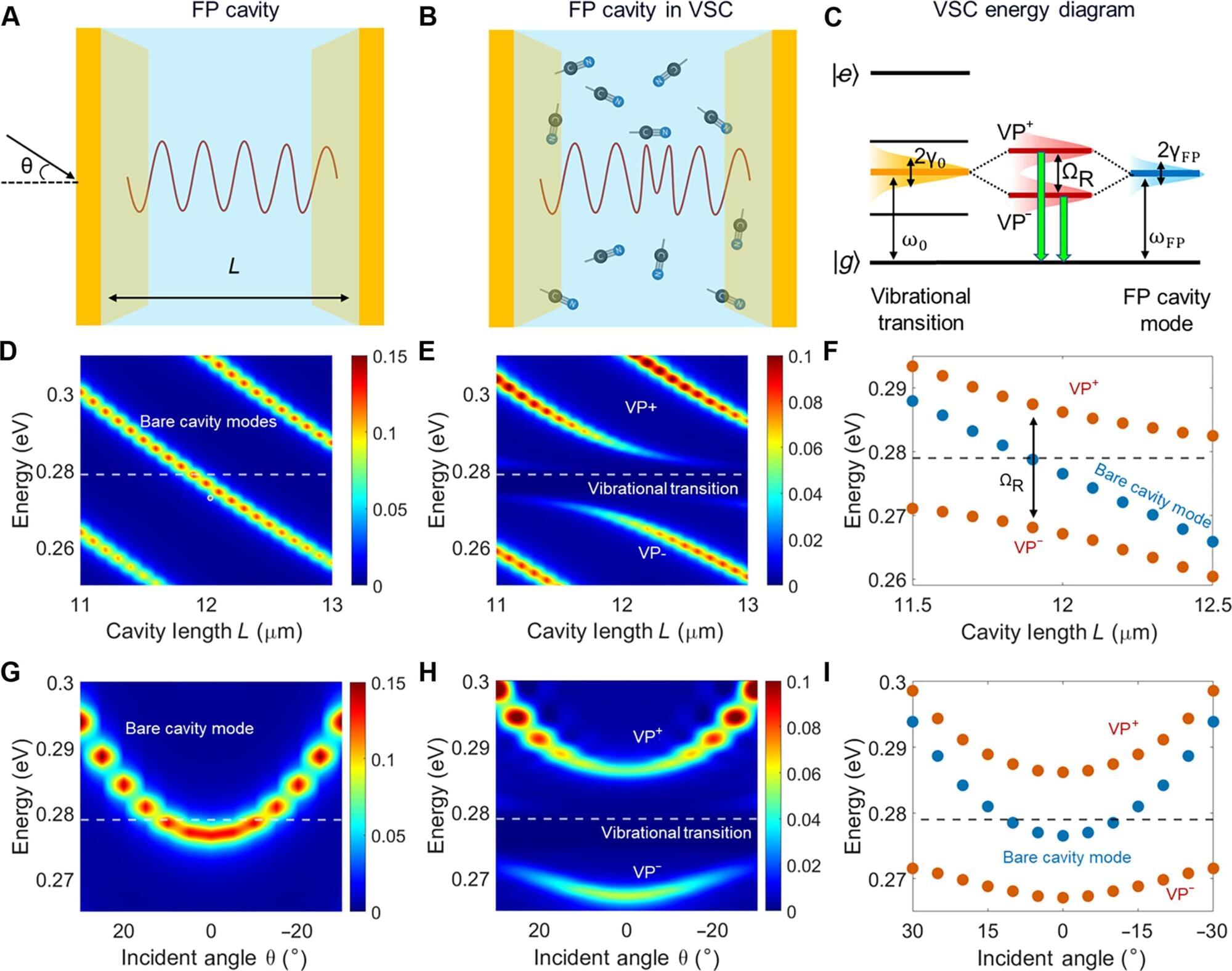
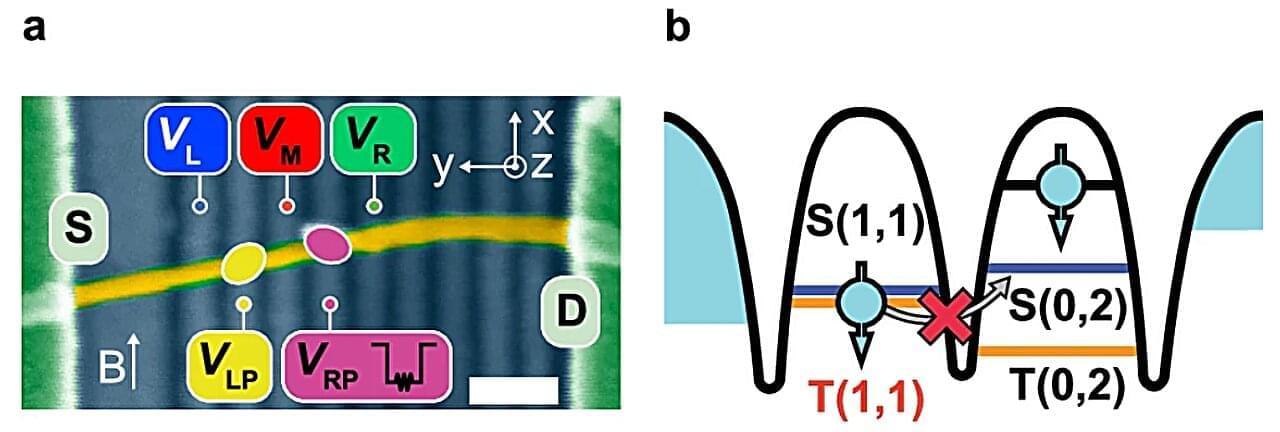
There are high hopes for quantum computers: they are supposed to perform specific calculations much faster than current supercomputers and, therefore, solve scientific and practical problems that are insurmountable for ordinary computers. The centerpiece of a quantum computer is the quantum bit, qubit for short, which can be realized in different ways—for instance, using the energy levels of atoms or the spins of electrons.
When making such qubits, however, researchers face a dilemma. On the one hand, a qubit needs to be isolated from its environment as much as possible. Otherwise, its quantum superpositions decay in a short time and the quantum calculations are disturbed. On the other hand, one would like to drive qubits as fast as possible in analogy with the clocking of classical bits, which requires a strong interaction with the environment.
Normally, these two conditions cannot be fulfilled at the same time, as a higher driving speed automatically entails a faster decay of the superpositions and, therefore, a shorter coherence time.